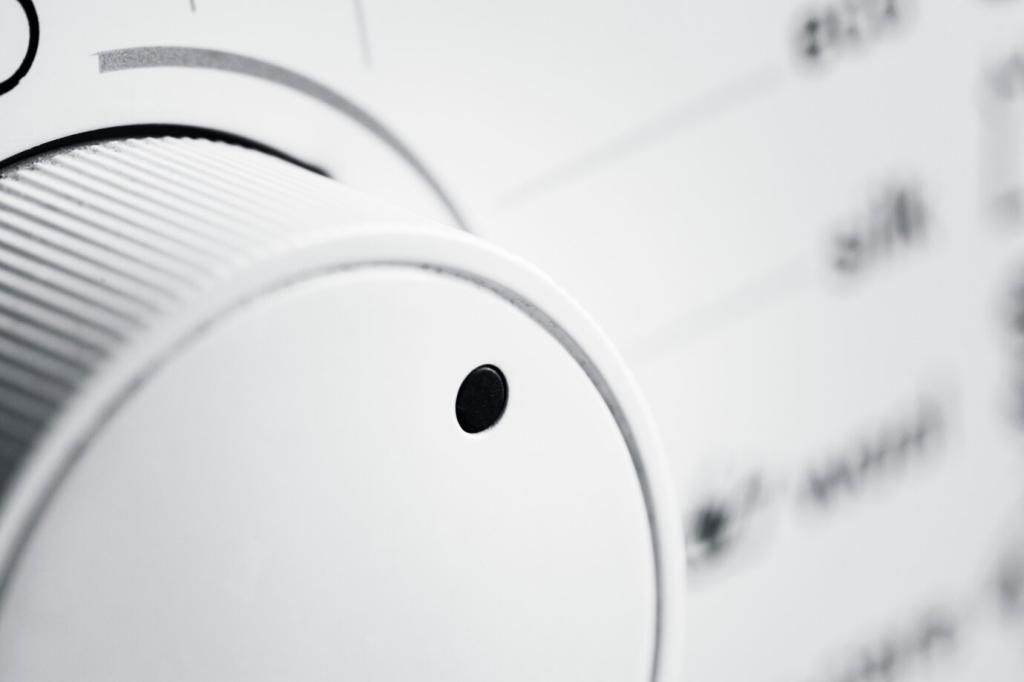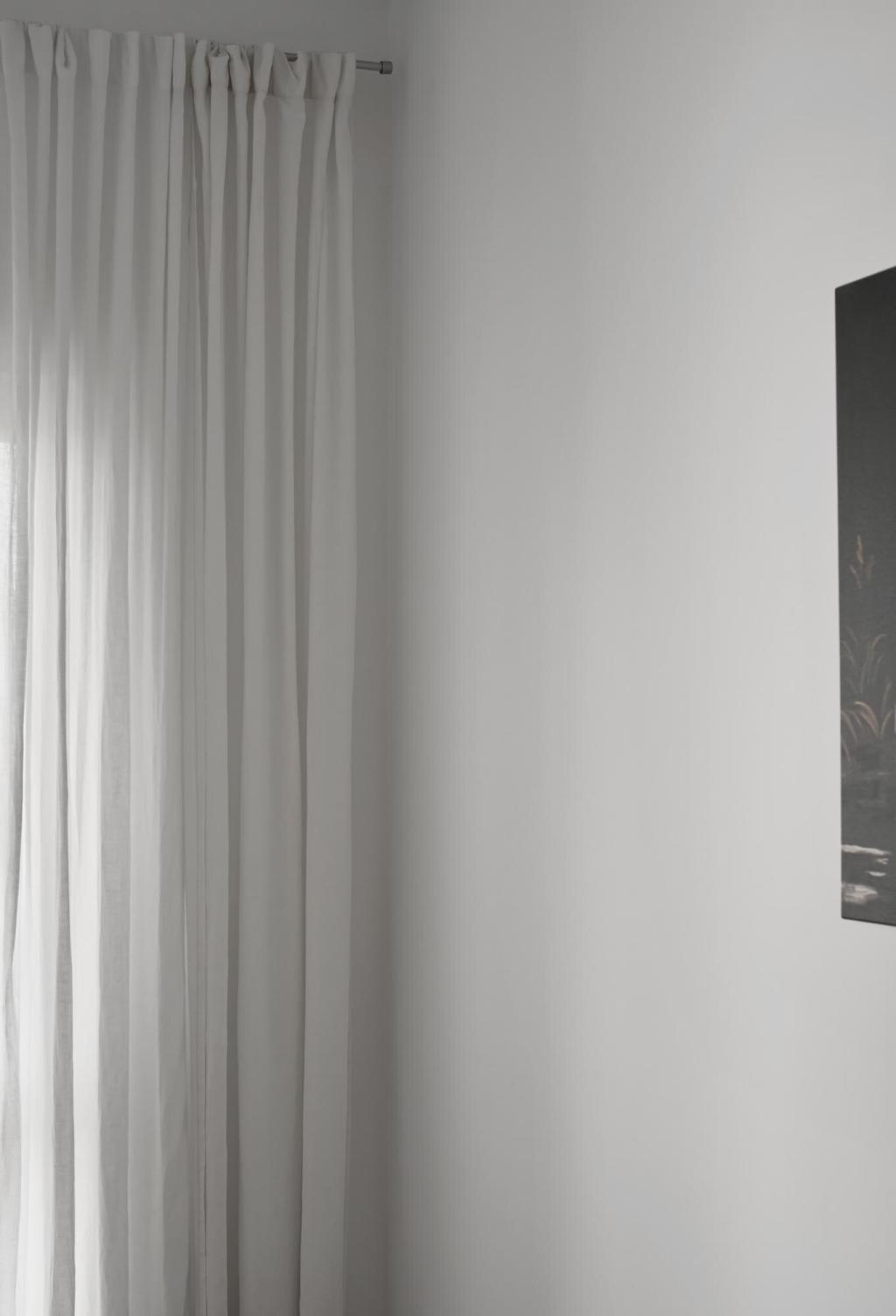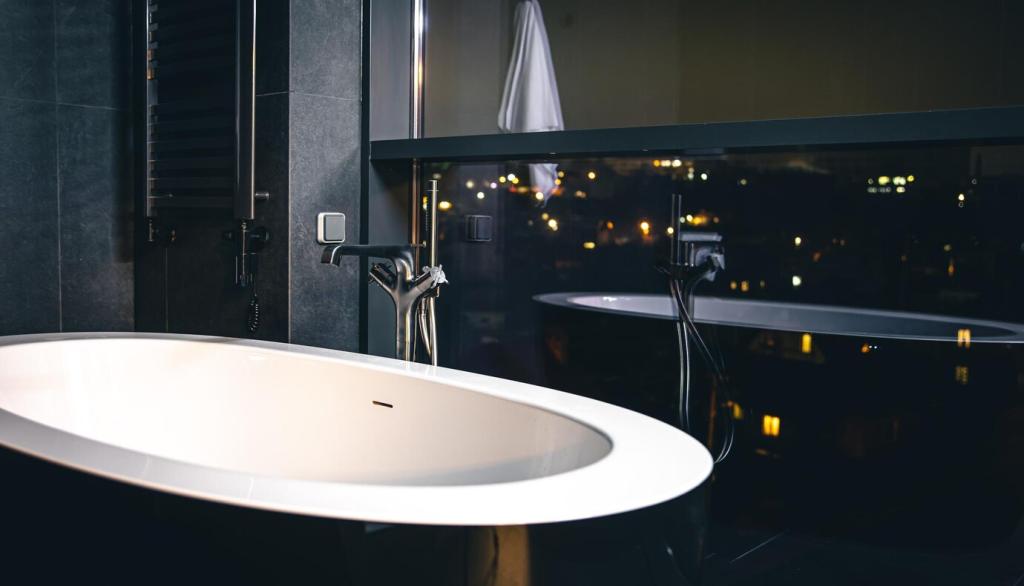Light, Simplified: Innovative Lighting Solutions for Minimalist Designs
Selected theme: Innovative Lighting Solutions for Minimalist Designs. Step into a quieter visual world where light shapes space, mood, and attention—without shouting for it. We’ll explore elegant, efficient ideas that honor restraint and clarity. If minimalism speaks to you, subscribe and share what you want to learn next about refining light in clean, uncluttered interiors.
Foundations of Minimalist Illumination
Begin with ruthless editing: fewer fixtures, clearer purpose, purer lines. Favor unified color temperatures—2700–3000K for warm homes, 3500–4000K for crisp contemporary rooms—and consistent beam spreads. Hide what can be hidden; celebrate what must be seen. Let one restrained gesture carry the composition, and resist decorative duplication. Comment with the single fixture you would keep if everything else had to go.

Smart and Subtle Technologies
Tunable White and Circadian Support
Tunable white systems shift from sunrise warmth to noon clarity, then back to evening calm—often between 2700K and 6500K. In minimalist homes, this temporal change provides variety without adding fixtures or ornament. Pair a discreet controller with pre-set scenes, so transitions feel natural, not theatrical. If you’ve tried circadian lighting, describe the habit it changed most for you.
Ultra-Thin Linear LEDs
Low-profile linear LEDs—some less than 8 mm—tuck beneath shelves, within coves, and along ceiling reveals. Dot-free diffusers and high lumens per watt provide smooth, efficient ribbons of light that outline architecture instead of decorating it. Specify tight binning for consistent tone across runs. Where could a single continuous line replace a cluster of spotlights in your space?
Human-Centric Controls Without Visual Noise
Smart dimmers, occupancy sensors, and daylight harvesters can live in quiet wall plates or hidden hubs. Program scenes like Focus, Unwind, and Night to adjust intensity and color without touching multiple switches. Keep visible hardware minimal; let voice, app, or a single keypad handle complexity. Share the three scenes you use most and why they matter in your minimalist routine.

Architectural Integration Over Decoration
Tiny apertures—20 to 35 mm—deliver precise pools without the “Swiss cheese” ceiling. Use narrow beams to spotlight art or surfaces and medium beams for circulation. Prioritize glare control and low UGR values to protect calm sightlines. A client once said guests noticed the calm, not the lights—proof that restraint can feel luxurious. Would you trade larger cans for micro-apertures?
Architectural Integration Over Decoration
Slim, recessed track with magnetic modules hides structure while allowing easy repositioning. Swap spots for wall washers when art changes, or add a linear bar for a reading corner. Keep fixtures in neutral finishes—matte white or black—to let lines vanish into planes. Comment if you’ve used magnetic track and how reconfiguring helped you avoid new wiring.
Architectural Integration Over Decoration
Continuous coves create soft halos that visually lift ceilings and stretch narrow rooms. Wall washers even out tone, making minimal surfaces appear smoother and larger. Choose asymmetric optics to reduce hot spots and specify dim-to-warm for night comfort. Try lighting a single wall and observe how the entire room feels expanded. Where would a cove bring effortless depth to your home?
Low-gloss finishes suppress glare and visual noise, letting forms recede. Powder-coated matte white blends into ceilings; matte black disappears in shadow lines and niches. Brushed or anodized metals read sophisticated without sparkle. Select finishes that echo surrounding materials, so hardware feels native. Share a finish combination that kept your fixtures present yet unassuming.

Small-Space, Big Calm: Case Notes
In a 32 m² studio, one linear cove defined the living zone, a single micro-downlight marked entry, and a portable lamp handled evenings. The ceiling stayed pristine, and morning felt open thanks to wall washing. The owner reported less fidgeting with switches and more reading. Would you trust three thoughtful layers over ten scattered fixtures?


Small-Space, Big Calm: Case Notes
Under-cabinet 4000K strips with 90+ CRI made produce look honest and knives safer. A dimmable linear over the island handled dining and prep, while toe-kick lighting guided late-night tea. By hiding drivers in a cabinet, the backsplash stayed serene. Tell us your toughest kitchen shadow, and we’ll help you solve it minimally.
Sustainable Minimalism that Lasts
Look for high lumens per watt, stable color over time, and good power factor. Drivers with low standby consumption prevent hidden energy leaks. Aiming above 100 lm/W where possible keeps performance strong without excess heat. Share a fixture you love that balances efficiency with comfort, and we’ll suggest minimalist companions.


Sustainable Minimalism that Lasts
Choose luminaires with replaceable LED boards and drivers, documented parts, and accessible housings. LM-80 and TM-30 data signal longevity and color fidelity. Minimalism values longevity as much as appearance; repairable beats sealed disposables. Tell us which fixture you’d upgrade first to a modular option and why.
Join our mailing list
